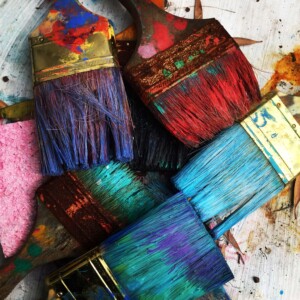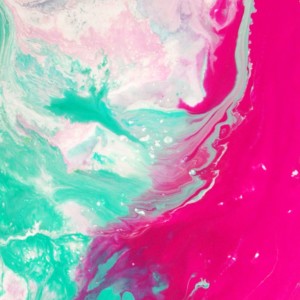
Many of my articles emphasize that Feng shui is a natural earth science, based on laws of physics and principles which have been tested for thousands of years. Overwhelmingly, it is objective, and not subjective, conclusions that are made about how a person is affected by their environment. But there is a small corner of this defined discipline which can be considered subjective in its interpretation. Still, even a subjective experience affects a person’s nervous system or glandular system in a universal way.
If we see something we don’t like, the body and mind will become tense and the trickle down affect is that over time, a chronically disturbing image or circumstance can undermine a person’s physical, mental or spiritual health.
We have that cliché: Beauty is in the Eye of the Beholder. If you have “conflict art” hanging in your home and just love it and it makes you feel good to look at it regularly, then we can’t say your subjective experience of it is bad Feng Shui. Most people do not want to look at art which makes them feel depressed or angry, except perhaps as a momentary experience walking through an art gallery. This may be like going to a movie, knowing that the subject matter will frightening; we assume that we will not be haunted by it for very much longer after viewing it.
I once had a client who had mounted a henchman’s hood and a sword over the headboard in his bedroom. He was a collector of all things “goth” and he loved this imposing visual in his bedroom. When I asked him about his love life and if his girlfriends enjoyed this scary display, he admitted that they did not and he told me later he removed it. It was pretty obvious to me why these potential love interests were not returning to his home. Subjective, but real.
Even without images, some people have very strong reactions to just color. One client will tell me that they just can’t stand blue or red or green or any color you can imagine. In Feng Shui theory, there is nothing good or bad about any color. But a color on a large scale, such as a wall or flooring, can vibrate some of the element it is associated with.
After a traditional Feng Shui analysis has been performed, certain colors for a room are recommended, based on Five Element Theory, and not based on the subjective preferences of the person who lives there. However, it is generally considered “bad” Feng Shui to insist that a person have colors around them that they do not like, because of the subjective component to how we react.
Instead, an alternative color within the broad spectrum of choices can easily be made. For example, a person might not like fire engine red, but they might like burgundy or maroon which would still be in the range of a red tone.

Going back to Chinese culture, where Feng Shui originated, symbolism through art and sculpture was routinely used and is still used today, although it is mostly subjective. In other words, if you are a Buddhist and the image of Buddha brings you peace and serenity, then that is good Feng Shui. But if you are Christian and prefer to look at images of Jesus in your home, then that will have a greater influence on your well-being.
If someone told you that a painting of stampeding horses would make you do better in your business, you would need to take that on as a belief in order for the placebo affect to manifest. I prefer it when people just continue to relate to the images of inspiration that they already embrace or feel strongly about instead of trying to force a person to like something that does not appeal to them organically. This is another reason why there is no preferred style of art, architecture or interior design which is arbitrarily deemed good or bad Feng Shui.
Author: Kartar Diamond
Company: Feng Shui Solutions ® since 1992
From the Architecture and Design Blog Series
